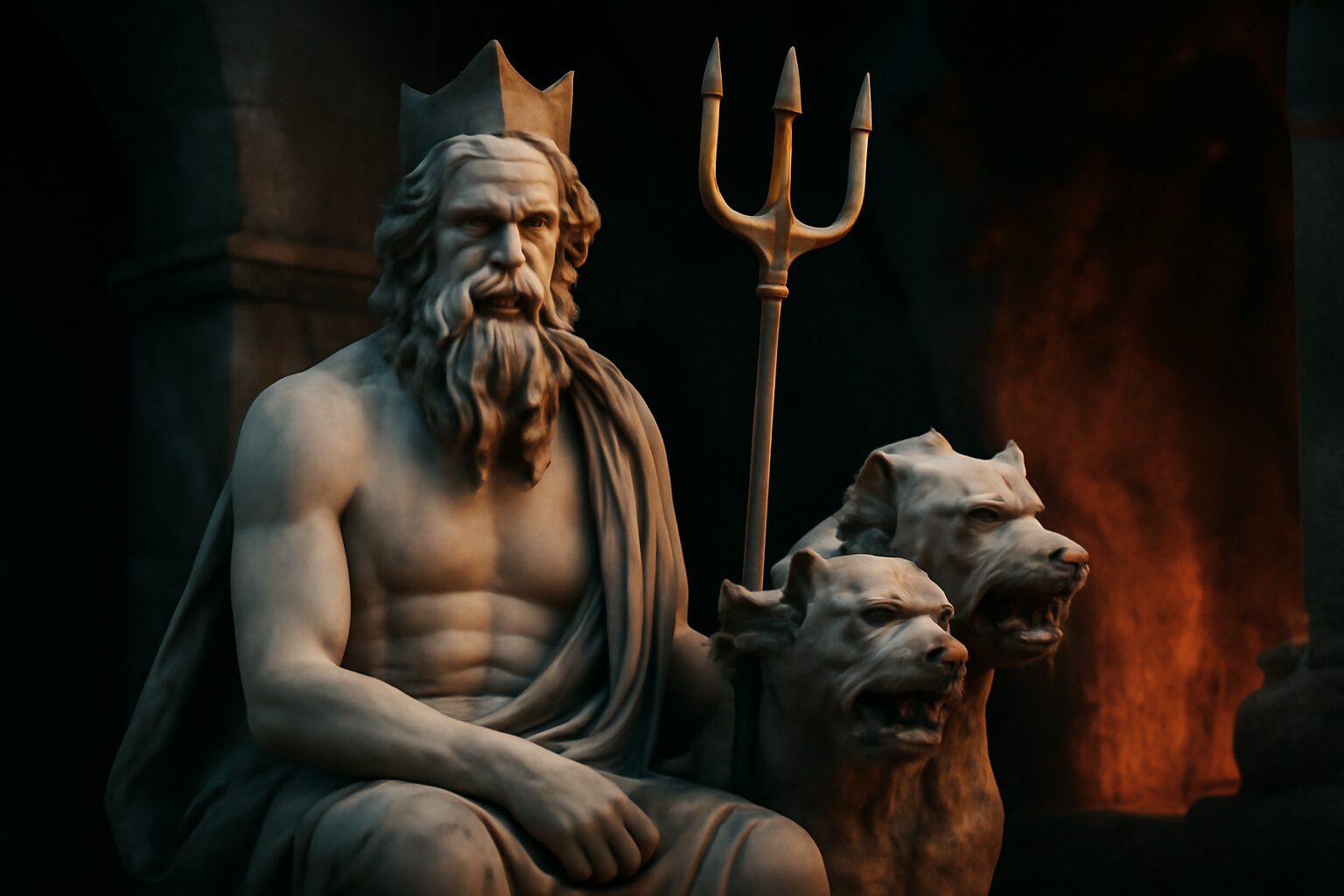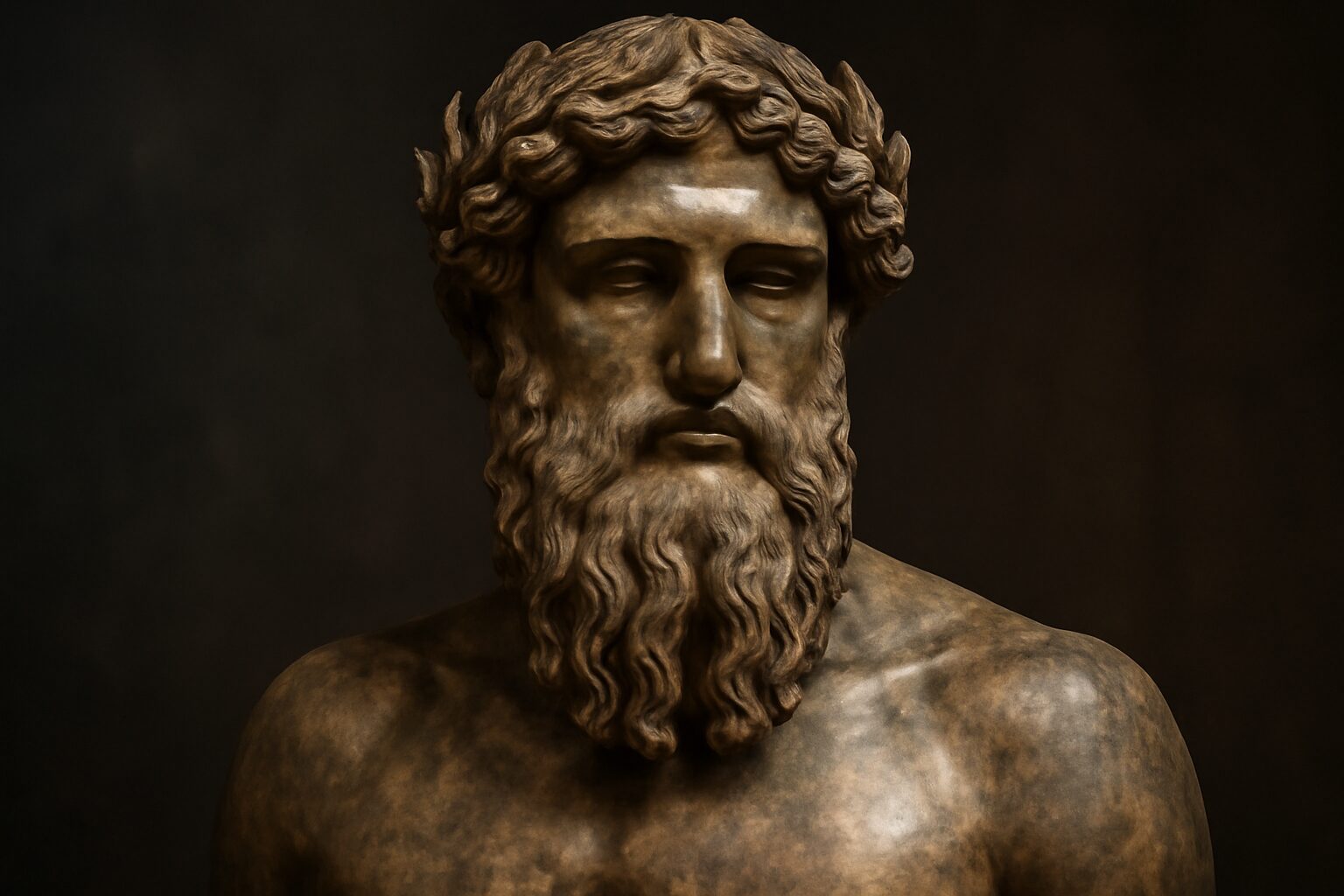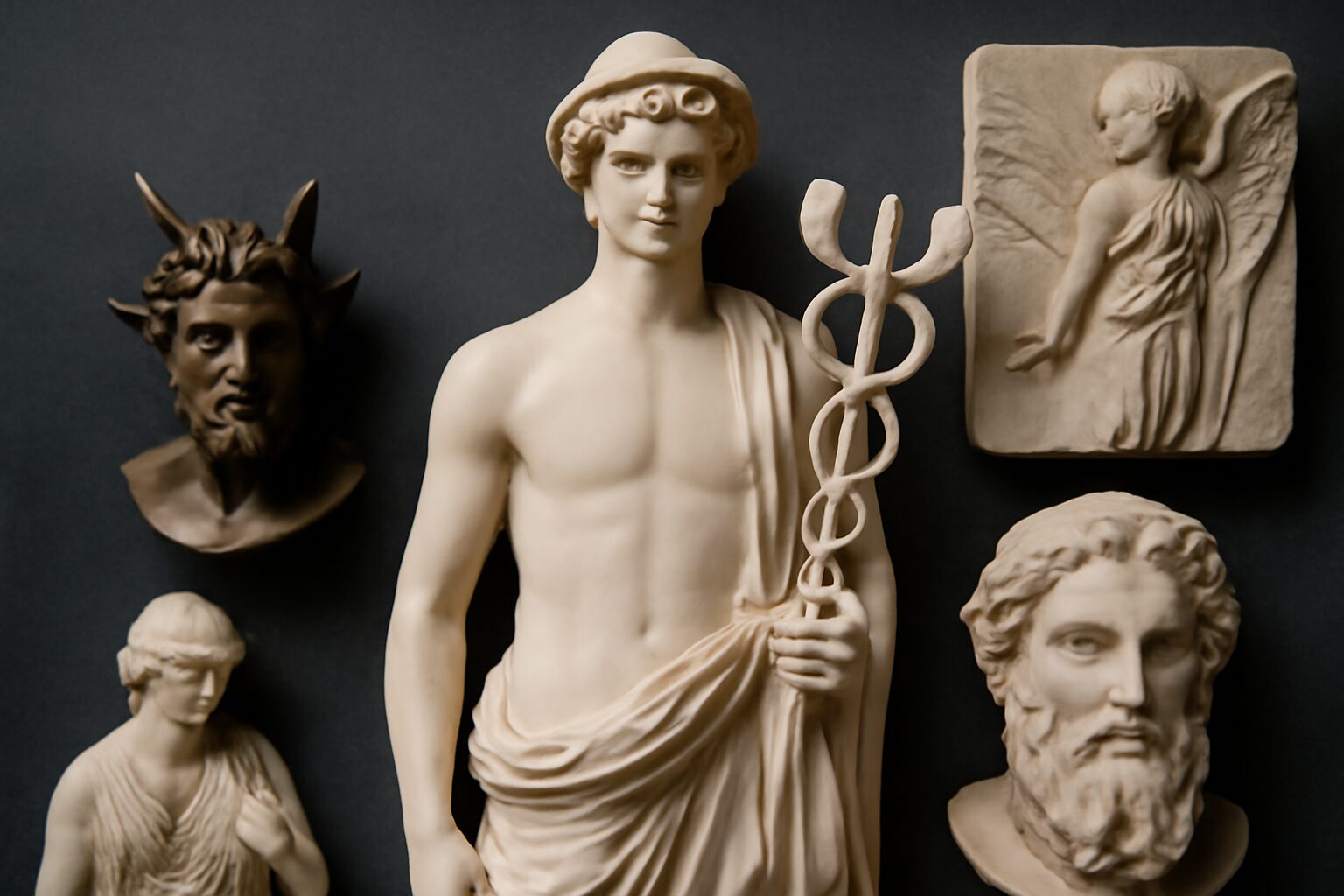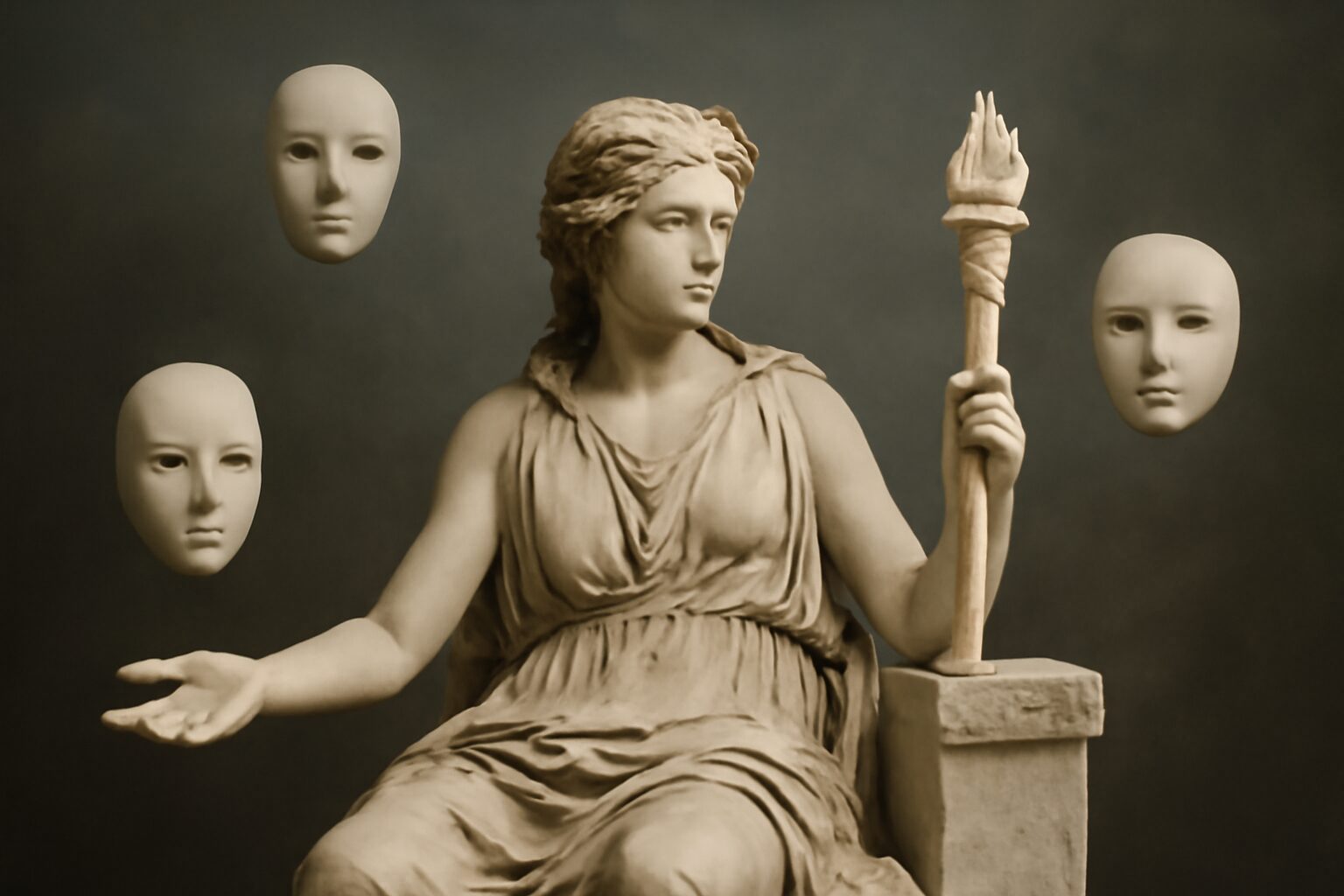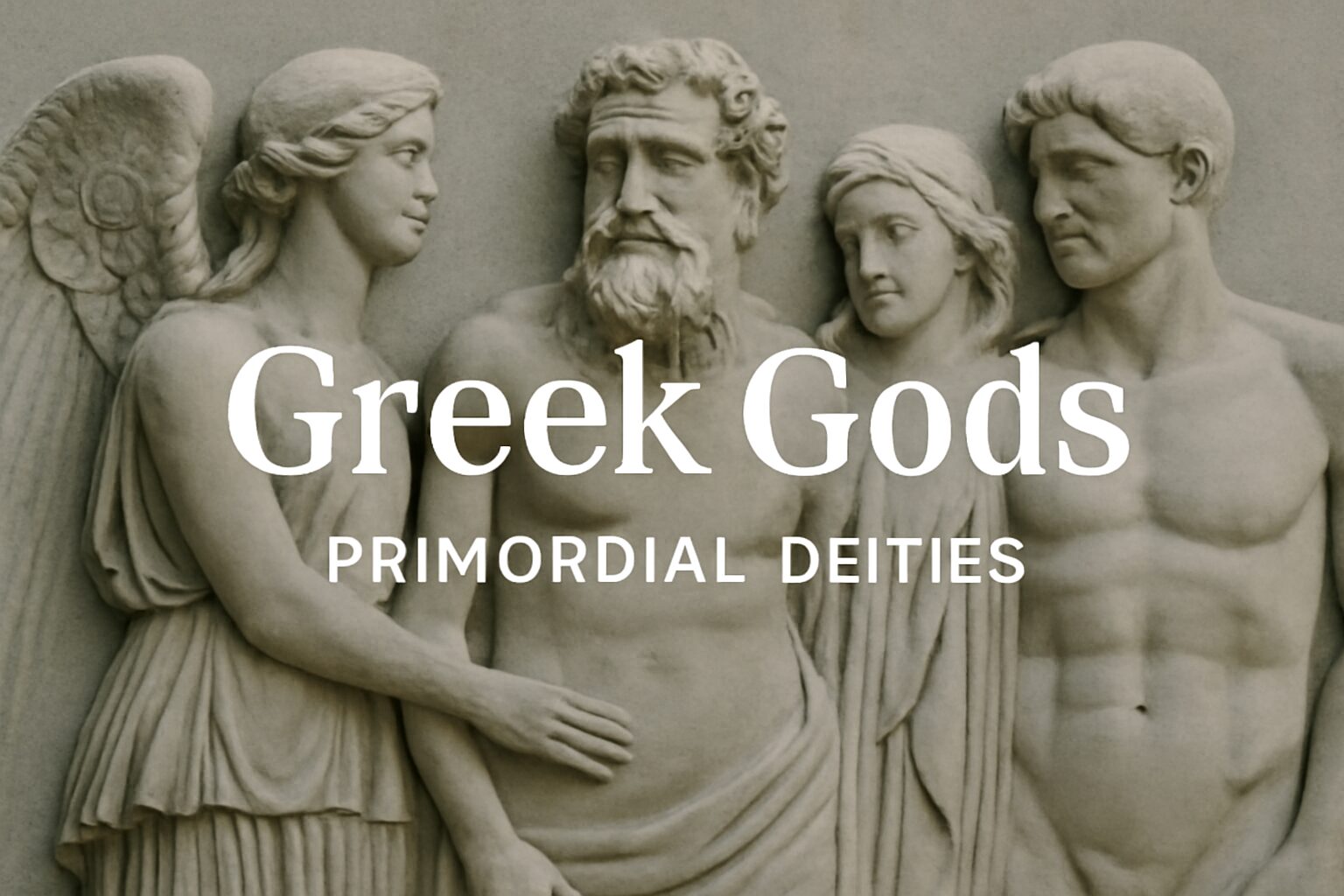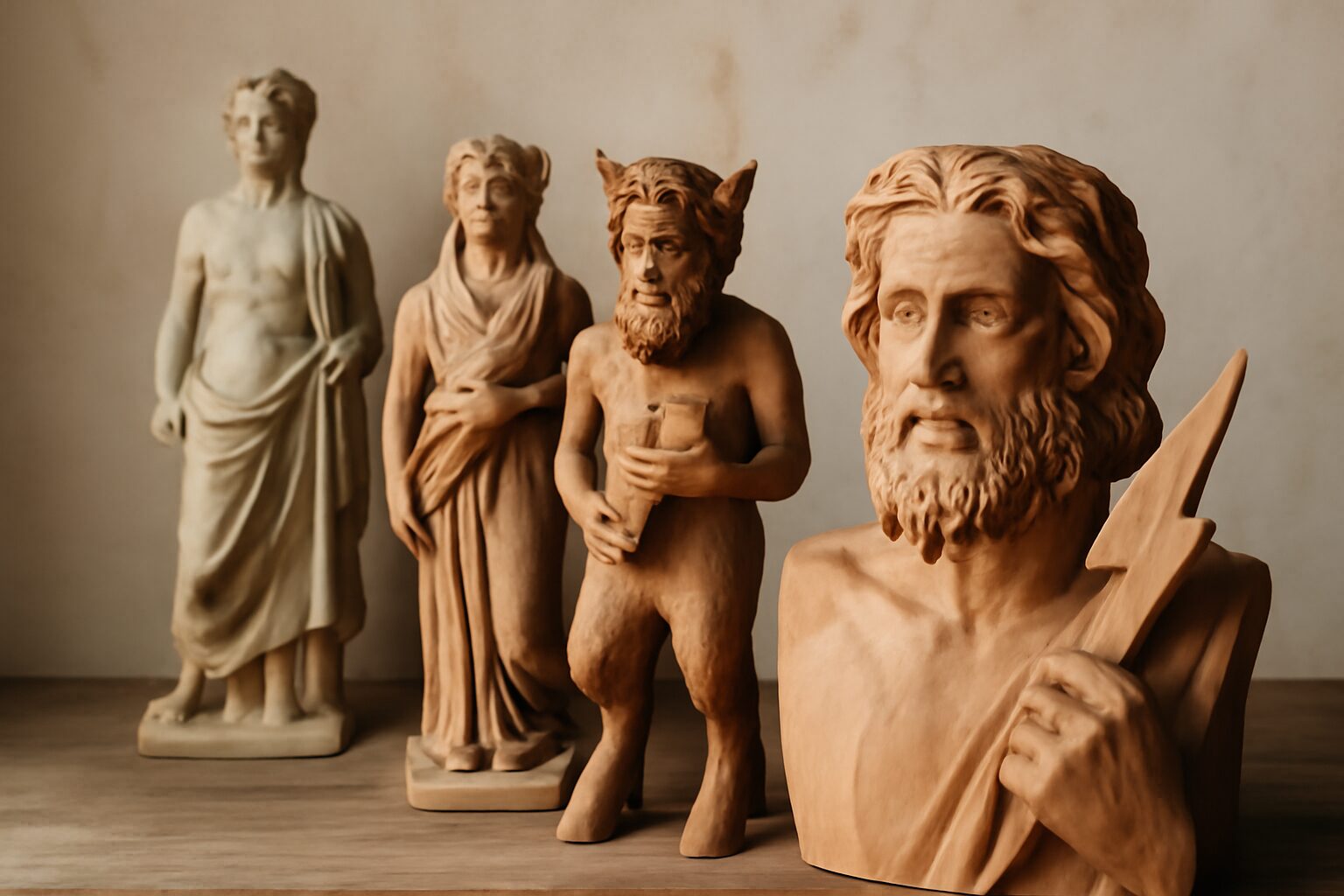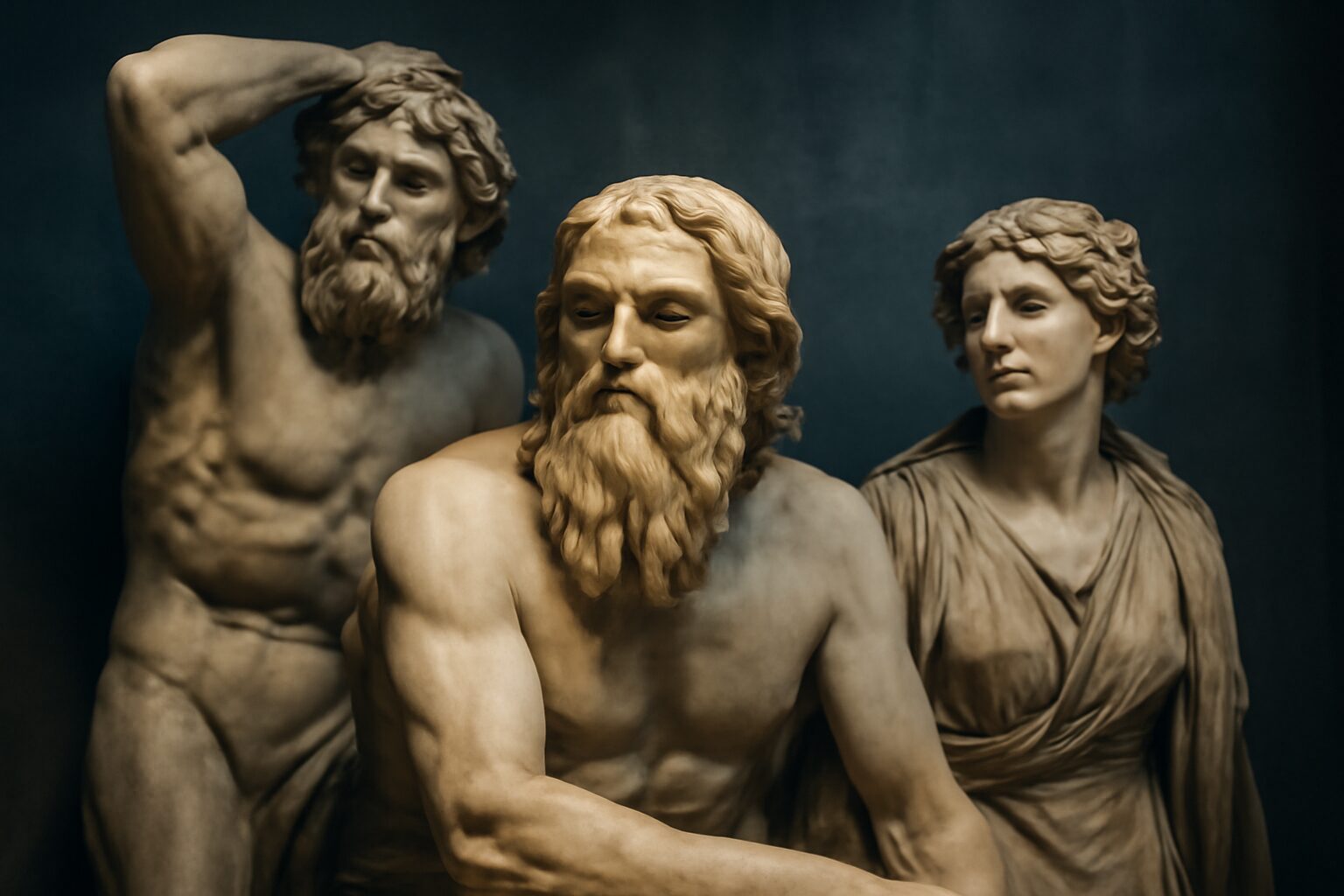Urania: The Celestial Muse of Astronomy
In Greek mythology, Urania was one of the nine Muses, the divine daughters of Zeus and Mnemosyne (the goddess of memory). Her name, derived from Ouranos (the sky), reflects her domain as the Muse of astronomy, celestial phenomena, and universal harmony. Unlike her sisters, who presided over arts like poetry and music, Urania was associated with the heavens, guiding scholars and stargazers in their pursuit of cosmic knowledge.
Symbols and Depictions
Urania is often depicted holding a celestial globe or a staff pointing to the heavens, symbolizing her connection to the stars. She is sometimes shown wearing a cloak adorned with constellations, emphasizing her role as the muse of astronomy. In classical art, she appears serene and contemplative, embodying the intellectual and spiritual pursuit of understanding the universe.
Mythological Significance
As the Muse of astronomy, Urania was believed to inspire philosophers, astronomers, and poets who sought to unravel the mysteries of the cosmos. She was also linked to divine prophecy, as the movements of celestial bodies were thought to reveal the will of the gods. Some myths suggest she had the power to foresee the future through the stars, making her a bridge between mortal knowledge and divine wisdom.
Relationships and Legacy
Though Urania rarely appears in major myths, she was highly revered in intellectual circles. Some traditions claim she was the mother of Linus, a legendary musician and poet, by Apollo—further connecting her to both science and the arts. Her influence extended beyond Greece; the Romans adopted her as a symbol of scholarly pursuit, and later, Renaissance thinkers revived her image to represent the union of science and spirituality.
Today, Urania’s legacy endures in the names of astronomical observatories, scientific institutions, and even a species of butterfly (Urania), honoring her as an eternal muse of the stars.
Alternative Names for Urania
God Name: Urania (Roman)
In Roman mythology, Urania is the Latinized form of the Greek Urania, retaining the same name and attributes as the Muse of astronomy and celestial phenomena.
God Name: Ourania (Greek)
Ourania is the original Greek form of Urania, derived from 'ouranos' meaning 'sky' or 'heaven.' She is one of the nine Muses, specifically associated with astronomy and the stars.
God Name: u039fu1f50u03c1u03b1u03bdu03afu03b1 (Greek)
This is the ancient Greek spelling of Urania, written in the Greek alphabet. It carries the same meaning and association with celestial themes as the Latinized version.
Tales about Urania
The Celestial Dance with Apollo
In the vast expanse of the cosmos, Urania, the Muse of Astronomy, often found herself gazing at the stars, charting their courses with divine precision. One evening, as she traced the path of a newly formed constellation, she sensed a presence beside her. It was Apollo, the god of light and music, his lyre in hand, his eyes reflecting the starlight.
"Your work is beautiful, Urania," Apollo said, his voice like a harmonious chord. "But have you ever considered that the stars might sing?"
Intrigued, Urania lowered her celestial globe. "Sing? They move in silent, mathematical perfection."
Apollo smiled. "Perfection need not be silent. Let me show you." He strummed his lyre, and a melody flowed forth, each note对应 to a star in the sky. To Urania's amazement, the stars began to pulse in rhythm with the music, their light brightening and dimming as if dancing.
Together, they composed a symphony of the spheres—Urania mapping the patterns, Apollo giving them voice. The universe itself seemed to rejoice, and for a timeless moment, science and art were one. From that night on, Urania often invited Apollo to join her, blending astronomy with melody, reminding all that even the coldest calculations of the cosmos could be warmed by song.
A Lesson in Truth with Aletheia
Deep in her observatory, Urania was troubled. A comet had appeared in the sky, its tail blazing with unusual colors, and mortals were spreading wild tales of doom and fantasy. Despite her knowledge, she found it difficult to calm their fears with facts alone.
Seeking wisdom, she descended to the mortal realm and found Aletheia, the spirit of truth, sitting by a clear spring, her form shimmering with honesty. "Aletheia," Urania began, "the people are lost in falsehoods. How can I make them see the truth of the heavens?"
Aletheia dipped her hand into the spring, and the water showed reflections of the stars. "Truth is not just in what is seen, but in how it is shared. You show them patterns; I will show them clarity."
Together, they visited the anxious crowds. Urania used her star charts to explain the comet's natural journey, while Aletheia's presence eased their minds, stripping away lies. The people listened, their fears replaced by wonder. Urania learned that day that astronomy needed not just precision, but the pure light of truth to guide humanity toward understanding.
Frequently Asked Questions
Who is Urania in Greek mythology?
Urania is one of the nine Muses in Greek mythology, specifically the Muse of astronomy and celestial objects. She is often depicted with a globe and a compass, symbolizing her connection to the stars and the heavens.
Why is Urania important among the Muses?
Urania is important because she represents the inspiration behind astronomy and the study of the cosmos. As a Muse, she guided ancient Greeks in understanding the universe, blending science with divine inspiration.
What can we learn from Urania's role in mythology?
Urania's role teaches us about the ancient Greeks' reverence for knowledge and the cosmos. Her presence highlights how they saw the pursuit of astronomy as a divine and artistic endeavor, not just a scientific one.
How is Urania depicted in art and literature?
Urania is typically shown holding a globe or celestial sphere, often pointing to it with a rod. She may also wear a crown of stars, emphasizing her connection to the heavens and her role as the Muse of astronomy.
Does Urania have any relevance today?
Yes, Urania's legacy lives on in modern astronomy and space exploration. She symbolizes humanity's enduring curiosity about the universe, and her name is often used in scientific contexts, such as observatories or space-related projects.



